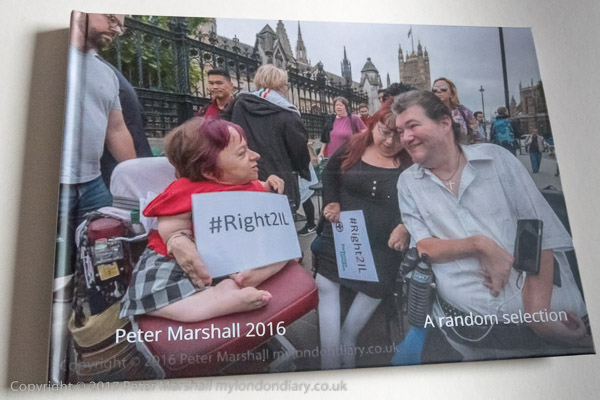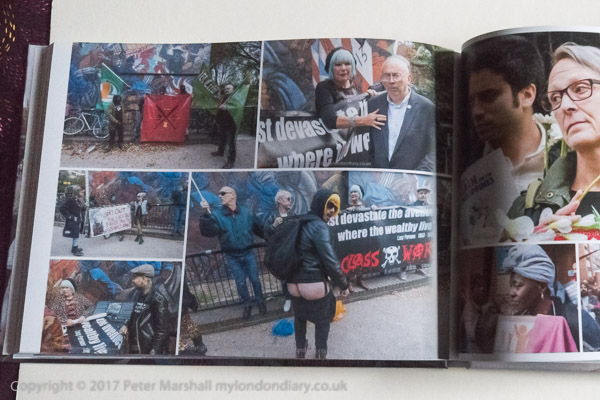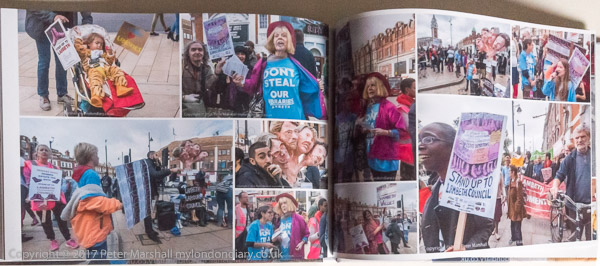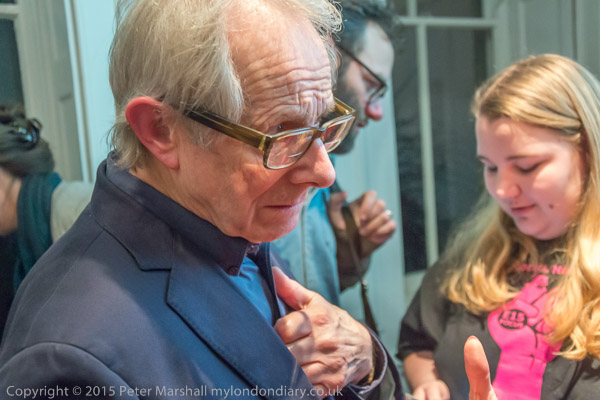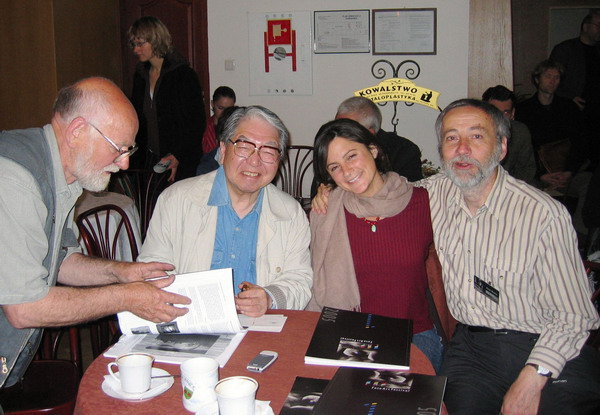Before I buy a new camera, I always spend a long time reading through the various reviews available on the web, both the highly detailed ones such as those by Digital Photography Review and those by photographers who have spent some weeks actually working with the cameras and give a more personal evaluation of the strengths and weaknesses.
Of course they have there uses, and are certainly a lot more reliable than the opinions posted as reviews by some popular Internet figures or those user comments collected on some sites. Most internet reviews are not worth the bits they are written with – which come more or less free.
While it’s relatively easy to get the technical details right – it usually just means transferring them from the manufacturer’s data sheet – what is usually more important in practice is how the camera and user interact. Harder to quantify or even describe, and something that in the end is very individual.
I currently use two Nikon bodies, a D810 and a D750, and the differences in specifications are not great. The D810 is heavier and has better weather protection, and the shutter sounds smoother – and of course it costs rather more. The placement of buttons on the backs are different and the D750 lacks a separate ‘OK’ button, using instead the centre of the four-way controller. It’s a minor nuisance.
The D810 produces larger files, but normally those from the D750 are perfectly adequate and the D810 merely serve to fill up your backups faster. I do prefer the larger files for my panoramic work, where the D810 also scores with tilt indicators for up and down as well as for left and right. But apart from the relatively small increase in image size, the image quality is more or less the same.
The two most significant differences for me are actually things I’ve never seen pointed out in reviews. On the D810 it is possible to lock the aperture (and I think shutter speed) when using the camera on a manual setting. This means you can decide you want to work at – for example – 1/500th f8 and you can do so, allowing the camera to alter the ISO to give correct exposure – if possible on its auto-ISO setting. Unless you choose an aperture and shutter combination which is outside the range you have set for auto-ISO but with a little photographic nous this is unlikely.
You can use the same technique with the D750, but there appears to be no way to lock the aperture or shutter speed in manual mode. Whichever you leave on the primary command dial (in my case aperture) gets readily knocked around as you (or at least I) use the camera. The command dial doesn’t have sufficient resistance to movement for a clumsy fumble-finger like me, and I can suddenly find that I’ve taken a few frames at f45 rather than the f8 I’d intended, which can easily result in considerable underexposure even if I’ve set a maximum ISO of 12,800.
I’ve tried various ways to counter this. The most successful seems to be to tape over the command dial, but then sometimes you do want to change aperture, and have to peel back the tape which then often falls off and gets lost. The black masking tape I used also gets uncomfortably sticky.
My latest attempt to ameliorate the problem has been to reverse the direction of travel of the aperture control, which hopefully will mean that I get f4 instead of f45 when things go pear-shaped. Since I normally work with a wide angle at f5.6 or f8 this will only mean a two stop difference so perhaps less of a problem, and the depth of field with a wide angle will usually still be sufficeint. I’ll also reduce the maximum ISO when using the technique, perhaps to ISO3200 so the risk of overexposure will be less. It’s only very special conditions that need a higher value.
The second annoying difference is when using an FX lens in 1.2x or DX mode, which is a cheap way of effectively getting a longer telephoto. On the D810 there is a well-hidden way to get the viewfinder to display a greyed out area around the actual image, so that details outside the frame are visible but it is very clear they will not be recorded.
Quite why this should be obtained by setting Custom Setting a6 AF Point Illumination to OFF is a mystery only known to an inner circle of Nikon Illuminati, who may also be able to tell you (though they may have to kill you afterwards) why the equivalent CS a5 does not give the same effect on the D750.
Of course you do get a viewfinder frame to show the reduced image area. But as I can tell you from too frequent experience, it isn’t always easily noticed. It wouldn’t matter if it were not for the D750 to occasionally decide to spontaneously change the image area. It is possible to map the change to one of the function buttons or pressing the command dials, which could easily lead to such a mysterious event, but I’ve certainly never done so.
Modern cameras are simply too complicated, giving too many options. Both these cameras have instruction manuals with over 500 pages and there are just too many interdependencies, with one setting affecting another. Back in the old days you could just pick up almost any camera and just use it. Perhaps it’s time for a campaign for real cameras that real people can use. Or are they called phones?
